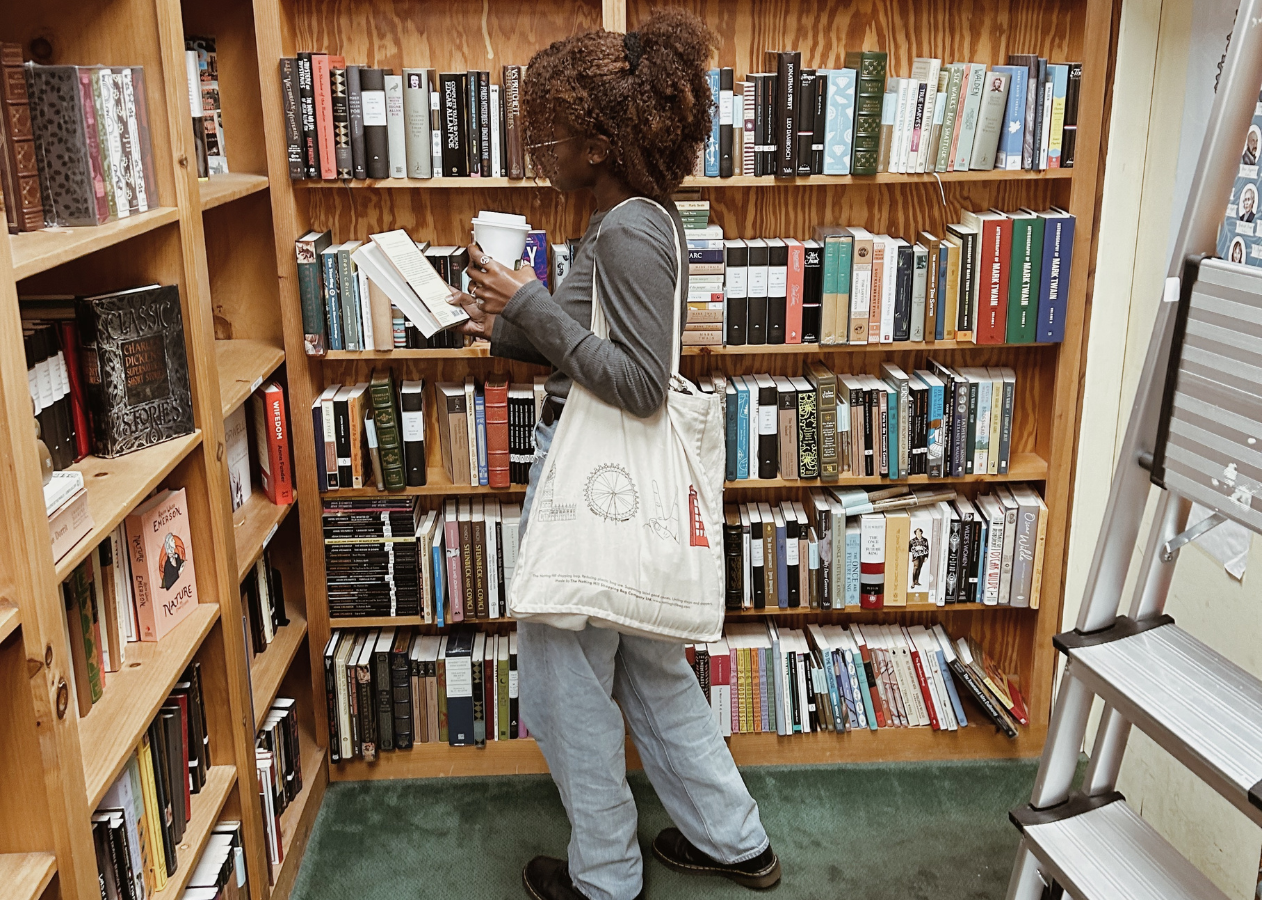I once heard that a book finds its way to you when you’re ready. It’s a tenet of the law of attraction: when the student is ready, the teacher will appear.
Recently, I’ve been reading Pema Chödrön’s When Things Fall Apart. I’ve seen Chödrön’s books here and there on my numerous trips to bookstores, but I never gave her a second thought. Eventually, however, I was drawn to a book of hers that perfectly spoke to my current situation of navigating the in-between.
This “in-between” state can be thought of as a period in your life where you feel completely unsure of what’s next. You may feel as if you’re suspended in this weird limbo of your former self and the life and your new self and life that is still a little blurry and not yet realized. In short, it’s a stage we all go through when encountering change.
When I started reading When Things Fall Apart, I was desperate for answers to the one question that began swirling in my mind after graduating college: What now?

As is the case with many post-grads, I had absolutely no clue. In a matter of weeks, all I’ve known for four years was changing. I packed up my belongings in boxes and suitcases, bid farewell to my college friends, and moved back home from California to Mississippi. These successions of changes ushered me into the in-between and left me feeling confused, anxious, and vulnerable.
My initial reaction to these feelings were to suffocate them, pretend that they didn’t exist. I made it my mission to maintain the facade that I had it together. I didn’t want to acknowledge and accept that things were changing because I viewed change as a threat. In this case, it was a threat to my identity. However, this perspective shifted when Pema Chödrön offered a unique way to look at life changes.
Life is a good teacher and a good friend. Things are always in transition, if we could only realize it. Nothing ever sums itself up in the way that we like to dream about.
Pema Chödrön
Navigating the In-between When Things Fall Apart
After unexpected news of her husband’s infidelity and sudden divorce, Chödrön found herself in foreign territory. “I remember so vividly a day in early spring when my whole reality gave out on me,” Chödrön wrote. What followed was a distraught Chödrön who had two choices: either shut down or welcome the impending transition. “When that marriage fell apart, I tried hard… to go back to some kind of comfort, some kind of security, some kind of familiar resting place. Fortunately for me, I could never pull it off.”
What followed was a revolutionary journey for Chödrön, one that was characterized by grief, confusion, discomfort, and uncertainty. Eventually, this journey revealed to Chödrön the gift within change. That “when things are shaky and nothing is working, we might realize we are on the verge of something.” What that something is is a mystery that can only be discovered when we make the choice to face our own journeys of change.
As I was struggling with the reality and feelings of my own situation, hearing Chödrön’s story and revelations provided a sense of comfort. Through her vulnerability and openness, I was able to connect to the instinctual inclination toward safety, familiarity, and certainty and the discomfort that comes when those things are inevitably disrupted. Above all, I was moved by Chödrön’s bravery to relinquish the idea that change is something to be avoided, and instead is something that we should be running toward.
“When things are shaky and nothing is working, we might realize that we are on the verge of something. We might realize that this is a very vulnerable and tender place, and that tenderness can go either way. We can shut down and feel resentful or we can touch in on that throbbing quality.” — Pema Chödrön
This is perspective can be counterintuitive. Why would we run toward something that’s daunting, uncomfortable, and threatens our sense of security? However, if we reflect on our lives so far, we will see that it’s connected by the transitions. From childhood to adolescence, from securing a job to getting laid off, from breaking up to finding love. If it weren’t for things falling apart, life would remain stagnant.
After reading Chödrön’s When Things Fall Apart, I mistakenly expected to be cured of my fear and discomfort with being suspended in limbo. But, in Chödrön defense, she never claimed to have some secret elixir that would make transitions easier. What she did promise was to offer advice informed from her own experience that we could either accept or reject.
This advice is simple and doesn’t attempt to sugarcoat the reality of life. From one heart to another, Chödrön encourages us to embrace the uncertainty and all the messy, complicated feelings that come with it while, simultaneously, remembering that things have to fall apart for things to fall together.
If you enjoyed this blog post, let me know in the comments! Are you currently experiencing a transition in life?
For similar posts, click here.
To stay inspired, follow @ aaliyahinspired on Instagram and Youtube.


Leave a Reply